Lab-on-a-chip technology could soon be going boldly into space in search of extra-terrestrial life, according to NASA scientists.
Lab-on-a-chip technology could soon be going boldly into space in search of extra-terrestrial life, according to NASA scientists. They are developing chips to detect traces of bacteria or other life forms, and to protect astronauts by sensing contaminants such as rocket fuel and microbes in the spacecraft.
The technology is ideal for space missions where experiments need to be almost totally automated, and must take up as little volume, weight and power as possible, says Lisa Monaco, project scientist at NASA’s Marshall Space Flight Center in Huntsville, Alabama. However, equipment designed for Earth applications requires substantial adaptation to be able to deal with microgravity, and with different fluid and bubble dynamics. ’Any time you go into space, you have things to consider that you don’t have on earth,’ she said.
The team is developing customised chips and the equipment to run them. They aim to create a portable unit that will be capable of collecting samples, extracting, purifying and concentrating the component molecules, inoculating the chips, and reading the results. ’There’s nothing like that on Earth,’ says team member Andrew Steele, astrobiologist at the Carnegie Institution of Washington. The new technology will also be useful for more down-to-earth applications, such as medical diagnosis in isolated places, or microbiology in harsh environments, he notes.
Steele is developing protein microarrays to detect signs of abiotic or prebiotic processes, using antibodies to nucleotides, to individual amino acids - both L- and D-isoforms - and to a selection of polyaromatic hydrocarbons. Another set of antibodies is designed to identify viable life, similar to that found on earth, with antibodies to bacterial cell wall components, and even to materials that have been fossilized and preserved, like collagens.
The team is gearing up for a possible mission to Mars in 2013, says Steele. But they are still at the stage of proving concepts. ’We’ve already done the zero g and Martian g experiments to see what would happen with the fluidics and antibody reactions,’ Steele told Chemistry World. Next on the agenda is testing how the antibodies survive in the harsh radiation conditions they might encounter in space. However, Steele is confident this won’t be a problem, given the shielding on spacecraft. ’The [antibody] spots are so small, and each microarray is so small, that we should get away with it,’ he said. ’But we’re planning an experiment on the International Space Station to really check it out.’
Helen Dell
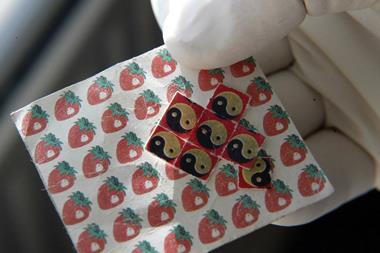
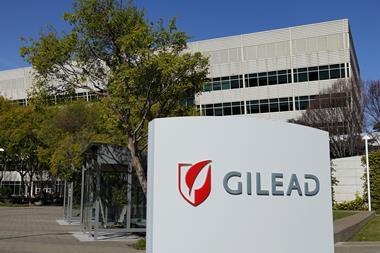
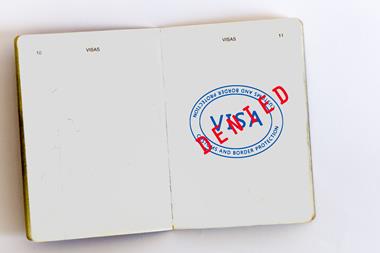
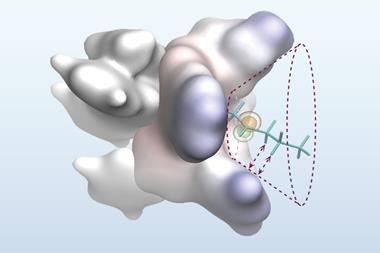

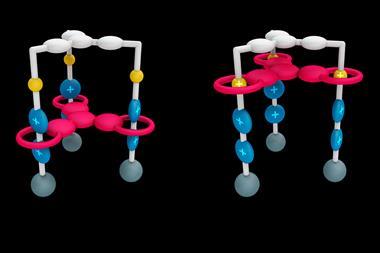
No comments yet